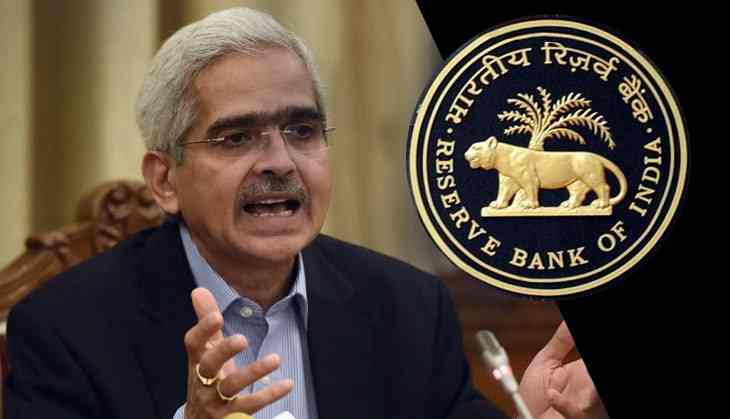
The Reserve Bank of India (RBI) on Friday cut repo rate for the fifth consecutive time this calendar year to 5.15 per cent from the current 5.4 per cent in a bid to support government measures for boosting economic activity amid benign inflation.
Consequently, the reverse repo rate under liquidity adjustment facility stands reduced to 4.9 per cent, and the marginal standing facility (MSF) rate and the bank rate to 5.4 per cent. The six-member monetary policy committee (MPC) headed by Governor Shaktikanta Das also decided to maintain the accommodative stance of monetary policy.
"These decisions are in consonance with the objective of achieving the medium-term target for consumer price index (CPI) inflation of 4 per cent within a band of plus or minus 2 per cent while supporting growth," said Das after the three-day MPC meeting.
Repo rate is the rate at which the RBI lends money to commercial banks. A repo rate cut allows banks to reduce interest rates for consumers and lowers equal monthly instalments on home loans, car loans and personal loans.
More significantly, the central bank lowered the GDP growth forecast for current financial year 2019-20 to 6.1 per cent from 6.9 per cent earlier. It said the GDP growth could be in the range of 5.3 per cent in the second quarter (July to September) and between 6.6 to 7.2 per cent in second half (H2 FY20) with risks evenly balanced.
However, the GDP growth for first quarter of next fiscal (Q1 2020-21) is projected at 7.2 per cent. India's economy grew by only 6.8 per cent in 2018-19, according to government data.
GDP growth slumped lower to 5 per cent in the April to June quarter as against 8 per cent in the year-ago period due to weak household spending, muted corporate investments, and a crippling slowdown in manufacturing and construction activity.
"While the recent measures announced by the government are likely to help strengthen private consumption and spur investment activity, the continuing slowdown warrants intensified efforts to restore the growth momentum," said Das.
"With inflation expected to remain below target in the remaining period of 2019-20 and Q1 FY21, there is policy space to address these growth concerns by reinvigorating domestic demand within the flexible inflation targeting mandate," he said.
Retail inflation measured by year-on-year changes in the CPI moved in a narrow range of 3.1 to 3.2 per cent between June and August. While food inflation picked up, fuel prices moved into deflation. Inflation excluding food and fuel softened in August.
"The CPI inflation projection is revised slightly upwards to 3.4 per cent for Q2 FY20 while projections are retained at 3.5 to 3.7 per cent for H2 FY20 and 3.6 per cent for Q1 FY21 with risks evenly balanced," said Das.
All members of the MPC voted to reduce the policy repo rate and continue with the accommodative stance of monetary policy. Chetan Ghate, Pami Dua, Michael Debabrata Patra, Bibhu Prasad Kanungo and Shaktikanta Das voted to reduce the repo rate by 25 basis points. But Ravindra H. Dholakia voted to reduce the repo rate by 40 basis points.
Industry leaders say a substantial cut in the repo rate and bank lending rates are needed to boost manufacturing and domestic demand and bolster economic growth.
In recent weeks, the government has cut corporate tax rates, tweaked foreign direct investment norms and unveiled a mega merger plan to amalgamate 10 public sector banks into four formidable entities in a bid to kickstart the investment cycle and help India emerge as a five trillion economy over the next five years.
Even globally, central banks have been easing interest rates to combat sluggish growth.
(ANI)


